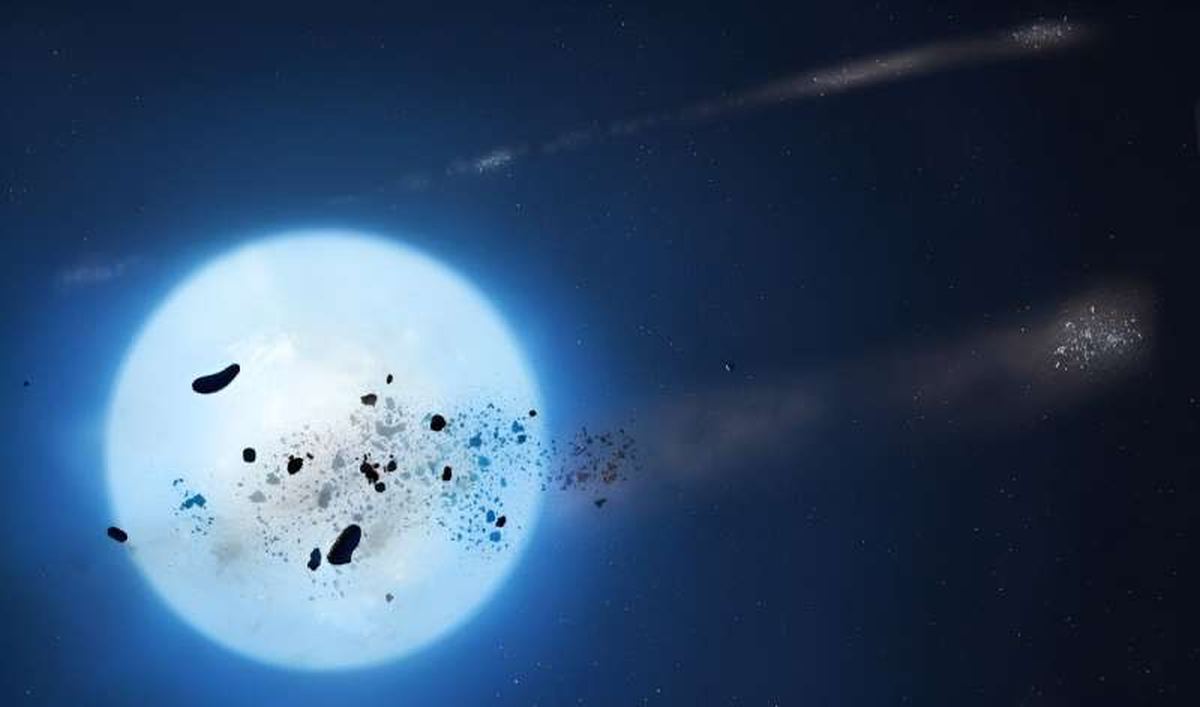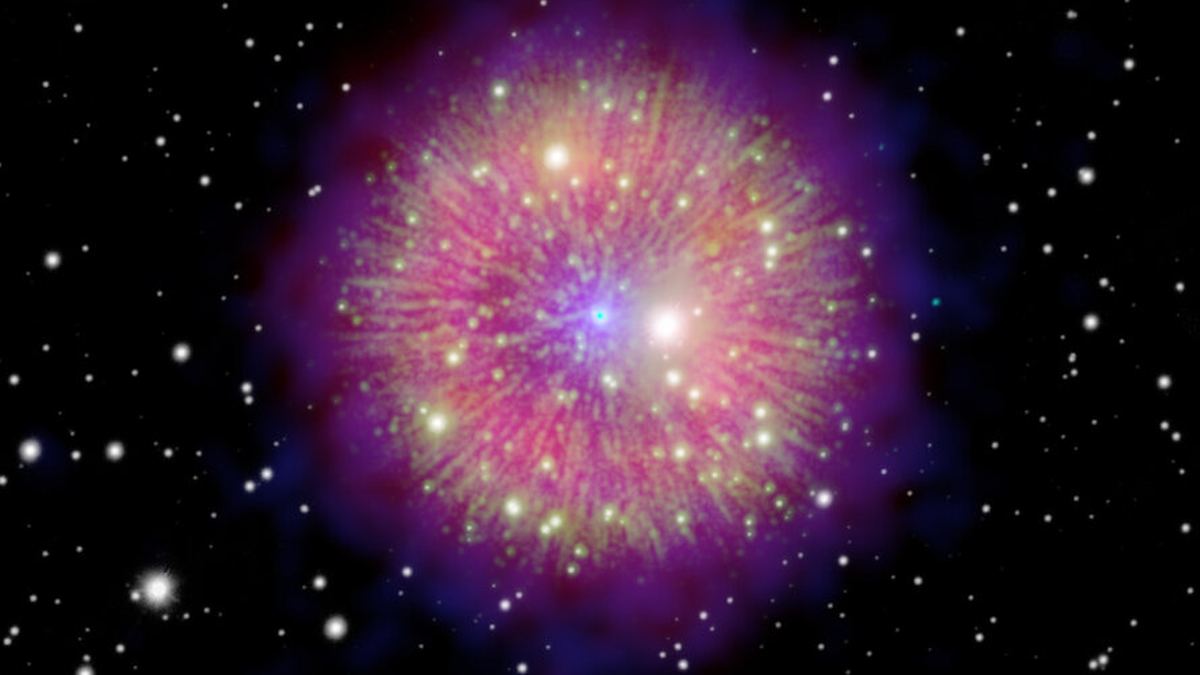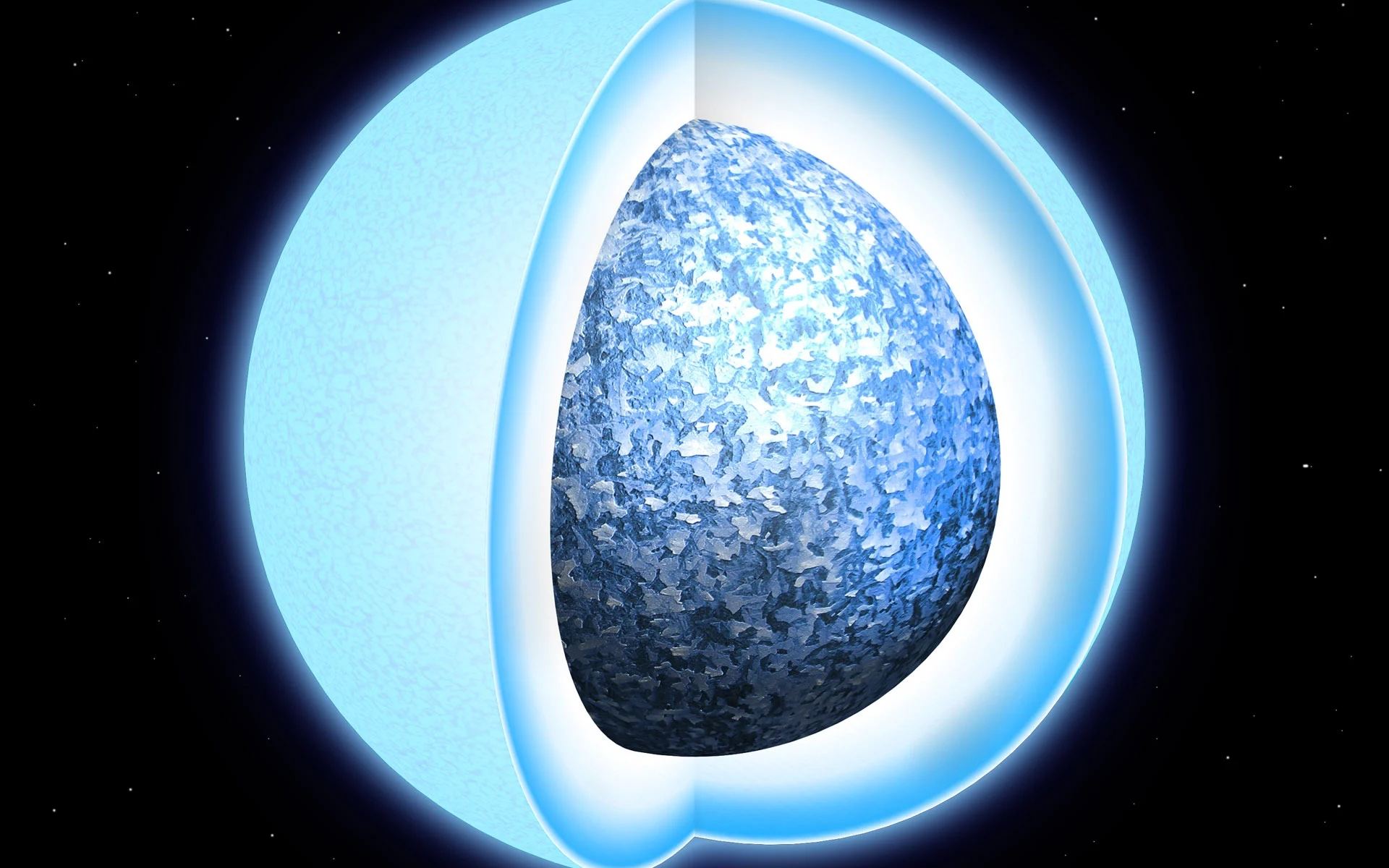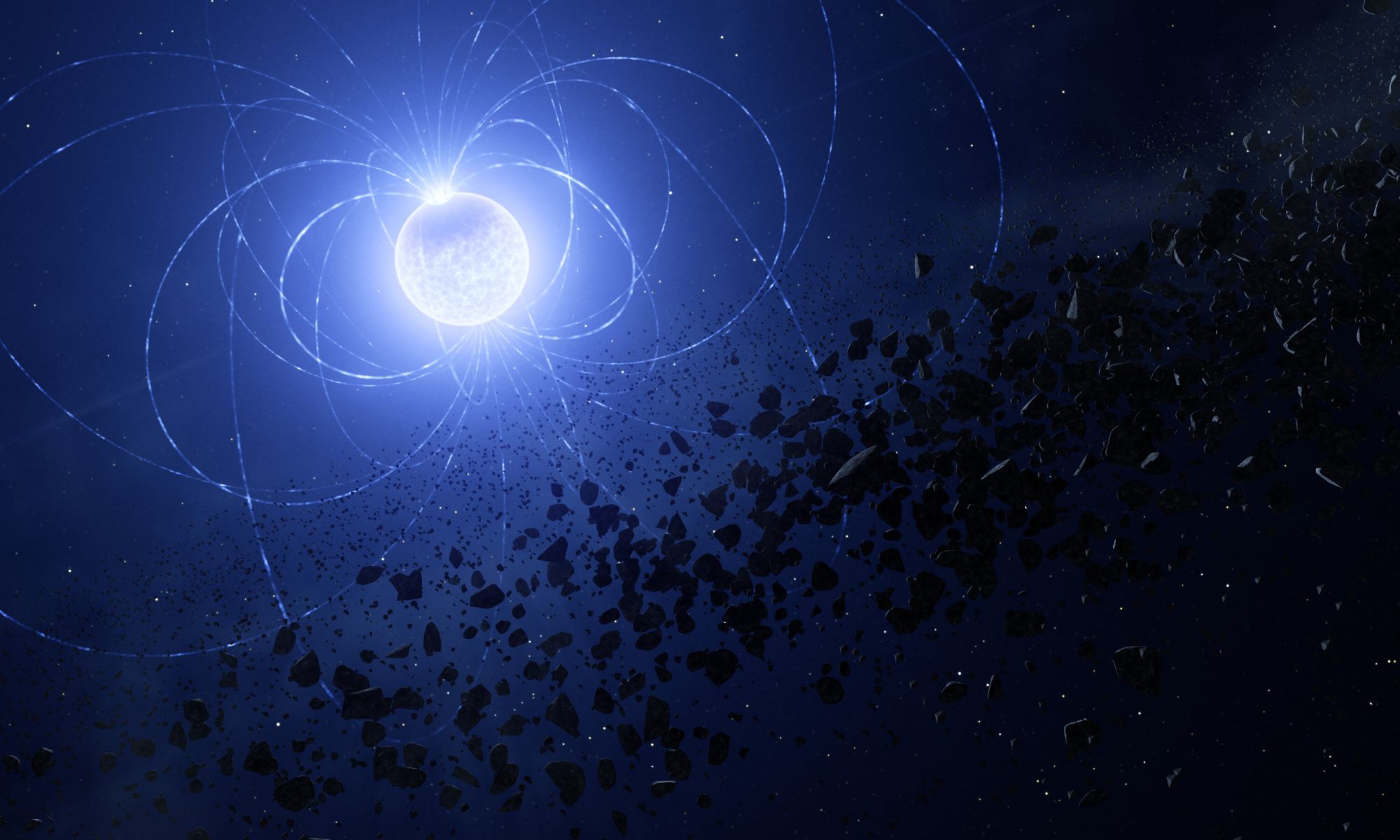Potentially habitable exoplanets are so incredibly common that astronomers have started to consider more unusual situations where life might arise. Perhaps life can be found on the moon of a hot Jupiter or lingering in the warm ocean of a rogue planet. Recently, there has even been the idea that habitable worlds might orbit white dwarfs. We know some white dwarfs have planets, and despite lacking nuclear fusion, white dwarfs do emit enough light and heat to have a habitable zone. But the question remains whether a planet could retain a water-rich environment through the red giant stage of a star before it becomes a white dwarf. This is the focus of a new study on the arXiv.
Continue reading “Could Habitable White Dwarf Planets Retain Their Oceans? Maybe.”Could Habitable White Dwarf Planets Retain Their Oceans? Maybe.









